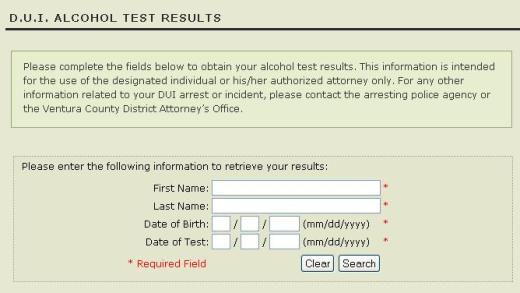Over 3.2 Million Californians Seek Food Assistance in the CalFresh Program
/Guest post by formerly homeless Conejo Valley resident, Lon V.

According to the California Department of Social Services (CDSS), at the end of 2010, more than 3,200,000 Californians participated in the federally funded California CalFresh program. The Calfresh program, formerly known as Food Stamps and federally known as the Supplemental Nutrition Assistance Program (SNAP), can add healthy and nutritious food to your table.
The food stamp benefits are given to you in the form on an ATM type debit card that the state CalFresh program funds, typically once per month. You then utilize the card and associated PIN number to pay for your groceries at your favorite grocery stores. You may only purchase unprepared food products; no paper products, pet products, certainly no alcohol or tobacco products. You also cannot purchase deli products that are already prepared or products that you may open and eat immediately.
If you think about it, that does somewhat limit your possible food choices, especially if you’re homeless and you don’t have the means to cook anything. Moreover, the homeless population cannot store many foods; therefore, you will often only buy what you plan to prepare and eat immediately. Fresh foods will not last outdoors without spoiling, and you certainly cannot store any refrigerated products, so those are rarely purchased unless you intend to consume them right away.
The food stamp program, which dates back to the early 1960′s, does have a number of inherent shortcomings. The first is the restriction on buying healthy, ready-to-ea










